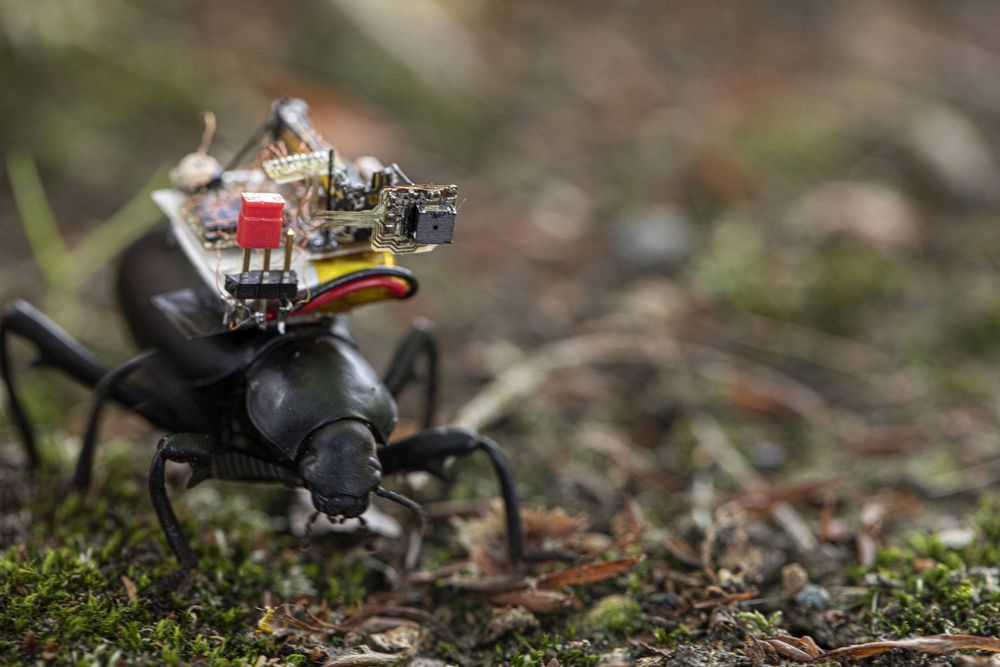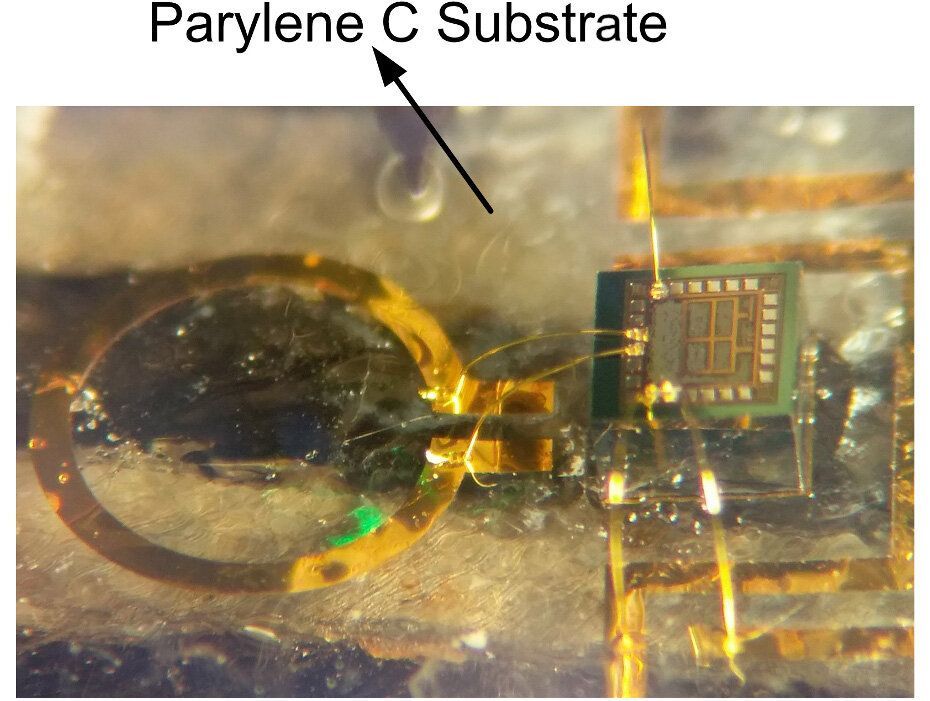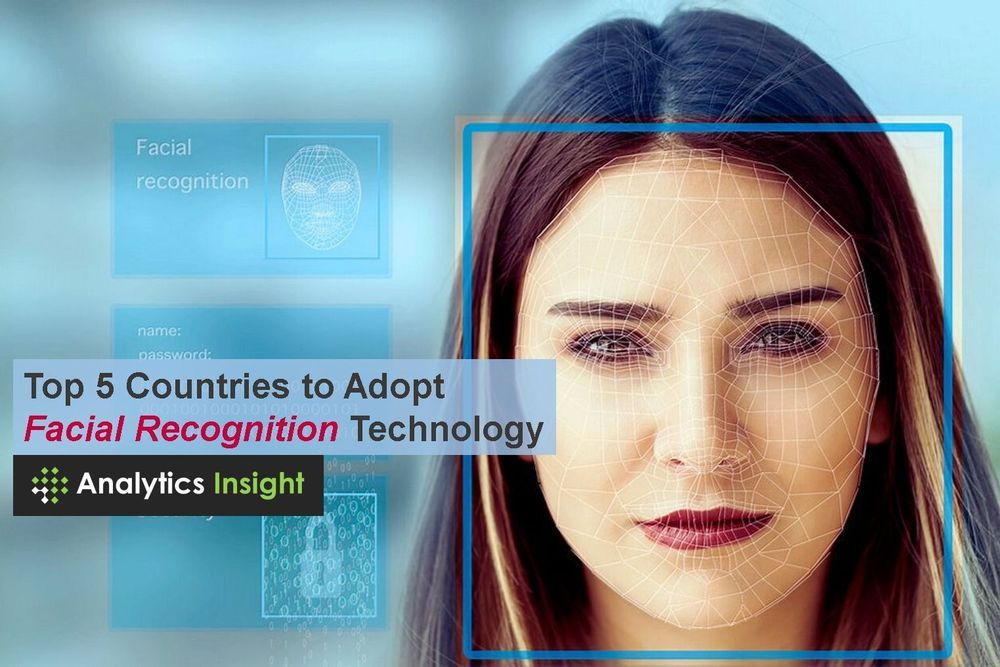Aug 17, 2020
Unlimited Resources From Space – Asteroid Mining
Posted by Derick Lee in categories: mobile phones, space, sustainability
Sources & further reading:
https://sites.google.com/view/sources-asteroidmining/
Getting rare materials from the ground into your phone is ugly. The mining industry is responsible for air and water pollution and the destruction of entire landscapes. But what if we could replace the mining industry on Earth with a clean process that can’t harm anyone? Well, we can. All we need to do is look up.
OUR CHANNELS
▀▀▀▀▀▀▀▀▀▀▀▀▀▀▀▀▀▀▀▀▀▀▀▀▀▀
German Channel: https://kgs.link/youtubeDE
Spanish Channel: https://kgs.link/youtubeES
Continue reading “Unlimited Resources From Space – Asteroid Mining” »

















